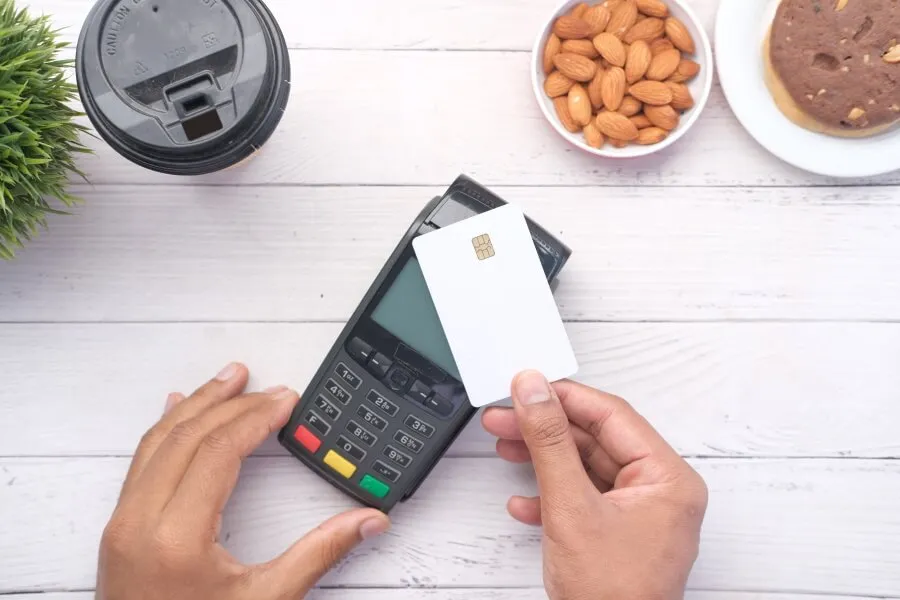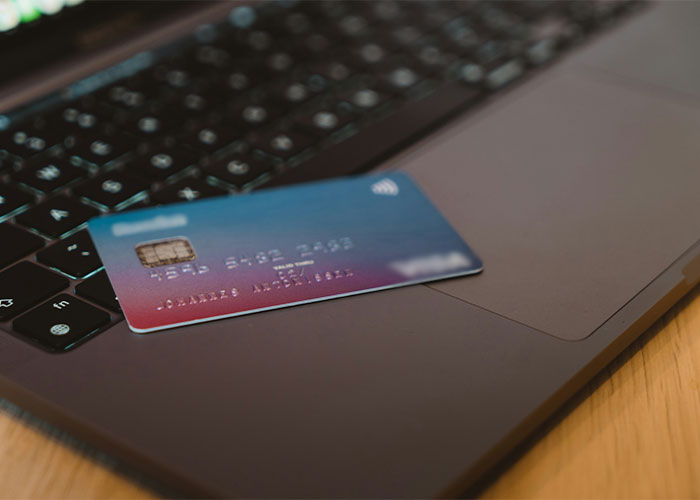Contactless payments are the go-to option for many shoppers across the UK, and with the upper limit for these now sitting at £100, it’s easier than ever to simply tap your card at the checkout and pay for higher-value items without having to input your PIN.
Of course, with advances in payment technology, there are always pros and cons.
For those who use contactless, it’s a quick, easy, and efficient system.
However, it can be easy to lose track of your spending and quickly find yourself spending more than you budgeted for or unintentionally dipping into your overdraft.
Below, we’ve included some of our top tips to help you stay on top of your spending and manage contactless payments wisely.
Set a spending cap for yourself
Although £100 seems like a high amount to spend in one transaction, you’d be amazed how quickly you can reach this – especially when you’re buying multiple things at once and perhaps not really paying much attention to the prices.
If you’re concerned about overspending or think the £100 limit is too much of a temptation, it’s a good idea to check if your bank offers a spending cap for contactless payments that would allow you to lower it to an amount that feels more manageable for you.
Many UK banks, including Lloyds and Bank of Scotland offer this feature, which can easily be switched on and off through your banking app.
Check your statement regularly
Nowadays, a large number of people have instant access to bank statements and spending updates through online banking and apps, which means no more waiting around for a paper statement to come through the door each month.
Since you can only stay in control of what you’re aware of, a good habit to get into is checking your bank statement regularly.
Use your phone or calendar to set a reminder to make a point of checking it every week or month, which will allow you to see patterns in your spending and take note of where you could improve.
Turn on banking app notifications
Possibly one of the best features that banking apps offer is in-app alerts that show up on your phone each time a transaction is carried out.
Not only is this feature a great way to always know what you’re spending, but since anyone can become a victim of banking fraud, even with contactless, it’s important to be aware of suspicious-looking transactions so that you can report them immediately to your bank.
Whether you’re happy about the £100 contactless limit or are having some concerns about overspending and potential fraud issues, we hope the tips in this post have been useful and will help you when it comes to managing your spending in a way that enables you to feel more in control.
If you are struggling with overspending and can feel yourself falling into financial difficulty, we are here to help. Our online debt advice tool offers you free, no obligation debt advice and gives you the option to enter into the best debt solution for you if you would like to. Get free debt advice here or contact one of our expert debt advisors.


